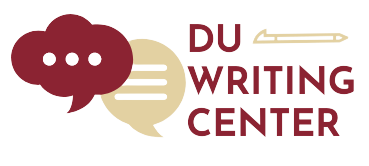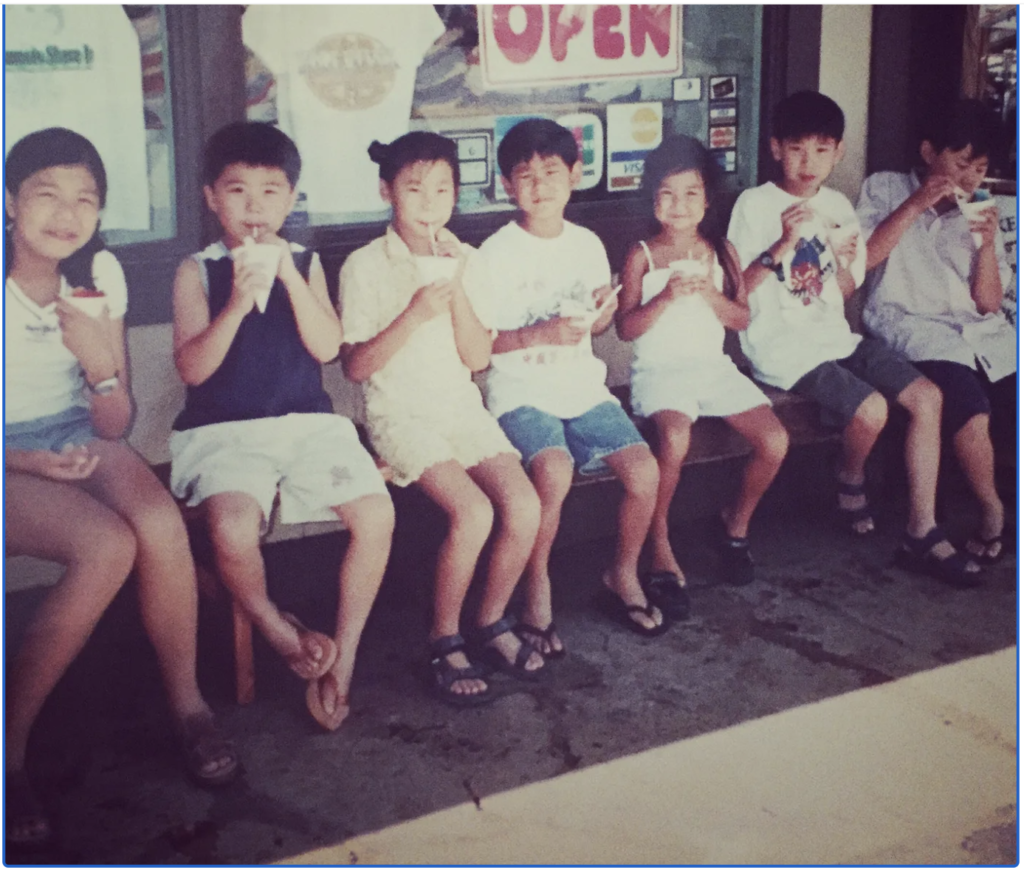By Jordan Lee
Originally published January 21, 2023
Ey Cuz! Howzit! Where you stay? You like go beach? Long time since da kine, we go talk story. Shoots, den. A hui ho!
As you read the sentences above, I want you to take note of your reaction. Did you grimace? Did you scrunch your brow together, re-read the phrases once or twice; did you wonder did I read that right? Did you even chuckle?
As a somewhat mutually intelligible language to Standard American English, you may have gotten the context clues needed to understand the overall meaning behind this hypothetical exchange between native Hawaiians. They are a person catching up with an old friend and wanting to reconnect. However, it’s no doubt there’s a noticeable derivative that may even make you scratch your head, and like many other Hawaiian natives who don’t ascribe to the Pidgin language, wonder exactly why those who utilize this way of speaking choose to do so, when the SAE influence is so present?
What many people don’t know, however, is that Hawaiian Pidgin (which is actually a nativized and demographically centered Creole language, contrary to its localized name) has its own complex grammatical structure and deeply rich history surrounding its origin. The reasoning behind its phonetic simplicity stems from an innate human desire to simply understand one another, thus destroying any cultural or linguistic roadblocks that once prevented communication. So, let’s talk about it.
I was born and raised on the island of O’ahu. From my birth until 5 years old, island life was all I knew, and any ways of speaking I acquired through my time there never registered as anything apart from “normal”. However, when I moved with my mother to Colorado Springs immediately out of my toddler years, I was confronted with how centered my form of communication was to that niche demographic of other Hawaiians — Culture shock at its finest to an individual who was just learning what individuality was in the first place. I spent my school days in Colorado, while my summers were reserved for Hawai’i, and this alone created a confusing dichotomy between who I felt I was, and who I was told I should become. A young protégé in the art of code-switching.
I still remember the moment I fully became aware of myself as an outlier. I was about 7 years old, first meeting my soon-to-be stepfather in the foreign land of Parker, Colorado. I had called him “Uncle Tim.” In Hawaiian culture, everyone is your family, regardless of the presence of blood ties or not. Elders are “aunty” or “uncle,” friends and peers are “cousin,” “brother,” “sister.” And no matter what, you always greet someone by kissing them on the cheek. Anything less intimate was considered cold, rude and off putting. And that’s exactly what I did with Uncle Tim. And swiftly, as his confusion rose in the form of a nervous laugh, well-meaningly trying to explain that he wasn’t my uncle, but rather the new boyfriend of my mom (which I already understood), it became embarrassingly clear that these affectionate cultural practices and familial honorifics weren’t universally welcomed.
To an outside ear, Hawaiian Pidgin is not pretty. It’s rough around the edges, it’s loud, brash, and its simplistic sentence structure is often correlated with “unintelligence”. On the mainland, it’s undesirable. And I was quick to learn this as a school child after interactions that ended with the other party quirking an eyebrow or silently giggling at my crude manner of speaking. After multiple humiliating events, backtracking and rephrasing myself just to be understood, I learned to snuff that part of my identity out — Especially around others who’ve never touched native soil. I bent to their expectations as to not purposefully undermine others’ perception of my own intelligence. My language became, not a source of pride, but an object of shame.
The opposite seemed to happen whenever I would visit home. During the summers, there was an obvious switch in my sentence patterning, and I noticeably became quieter. I spoke “properly,” abided by SAE expectations, and developed an accent that Hawaiians only encountered from Hollywood movies, television shows, and dreaded American tourists. “Why you talk haole?” was a phrase I heard often from teasing peers who felt like I was purposefully stripping my own identity to please white mainlanders. And they weren’t entirely wrong. I had become pretentious; developed a superiority complex over the fact that I was one of the few who got to “escape” the confinements of island life. Self-colonization was a pinnacle of my adolescence, as I did everything in my power to be perceived as “white” — Dyed my hair, decorated my face in American-style makeup, changed how I spoke. I was ashamed of my origins and did everything I could to separate myself from the “unintelligent, loud Hawaiian” stereotype.
But by being ashamed of myself, I became shameful of and to my ancestors; those who paved the way of my upbringing, cared for and curated the soil I lived and played on, destroyed the legacy of cultural acceptance that served as the bedrock of my language. Hawaiian Pidgin, as I’ve come to learn and appreciate, formed not out of incompetence and ignorance, but rather was built upon the foundation of the single most “human” desire: to understand and be understood by one another. Native, non-native residents, and immigrant plantation workers developed a mutually understandable dialect just so they could simply communicate and form bonds that transcended language barriers. There’s no official written form, and the nativized words are up for interpretation depending on the user and those they engage in conversation with. Hawaiian Pidign, as it stands, exemplifies nothing but the raw and innate connection formed from adversity, and celebrates the melting pot of language and cultural diversity present on the island. If you listen carefully, you can hear the bits and pieces of other linguistic influence, all stitched together like a patchwork quilt. Not only do English and Olelo Hawai’i lay the foundation, but same as Japanese, Tagalog, Ilocano, Mandarin, and Portuguese. Hawaiian pidgin was, and still is, a language for everyone.
And despite its controversy even to native Hawaiians, Pidgin continues to thrive today. There’s pride in it, one that spans hundreds of years. There’s a legacy that’s not meant to be undermined, but embraced and commemorated. It’s a reminder that we are meant to form bonds, build families, create stories and share them with everyone we come in contact with. It shows us not to shy away from cultural diversity, but embrace it and absorb it into our everyday lives and practices. And it’s a reminder to myself to break down those barriers I set — To keep myself connected to the island, even if physically I’m thousands and thousands of miles away. Because as long as I have my language tucked protectively within myself, nourished and preserved and ready to use, I will always be home.

